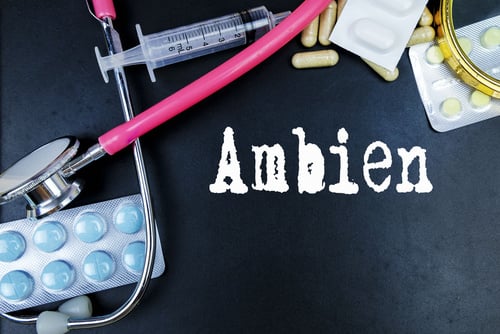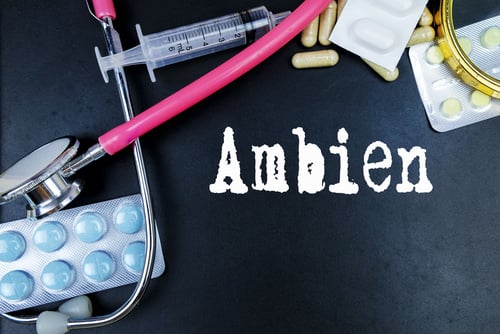Does Ambien Have A Narcotic In It?
The Oxford English Dictionary defines narcotic as “a drug or other substance that affects mood or behavior and is consumed for nonmedical purposes, especially one sold illegally.” A narcotic (also known as opioid) medication works by changing the way one’s brain and nervous system respond to and process pain. Opioids are narcotics, and legal opioid medications are used in the medical profession to treat severe pain. The way opioid drugs work is by attaching to the natural opioid receptors in one’s body. Opioids adjust the amount of information surrounding pain that is relayed to various areas of one’s body. Therefore, reducing the amount of pain an individual may experience.
The United States Drug Enforcement Administration (DEA) regulates narcotics and the various types are classified as a Schedule I, II, III, and V controlled substances under the Controlled Substance Act (CSA). The CSA provides a mechanism for substances to be controlled, categorized, and regulated as each substance is sorted into one of five schedules, whose placement is based on the substance’s medical use, potential for abuse, and dependence liability. As a non-narcotic medication, the DEA classifies Ambien as a Schedule IV Substance, which are defined as “drugs with a low potential for abuse and low risk of dependence.” When Ambien is taken exactly as directed, under strict supervision of a qualified medical professional, it can be a highly effective medication.
Ambien is a brand name medication; the generic form is known as zolpidem. It is used to treat certain sleep issues (e.g., insomnia). Ambien belongs to a class of medications known as sedative-hypnotics which are used to induce and/ or maintain sleep. Ambien is not a narcotic, but much like a narcotic, Ambien does interact with the brain to produce a calming effect for the body. Ambien is a non-benzodiazepine central nervous system depressant. It works by acting on certain neurotransmitters in one’s brain, specifically the GABA-A (gamma-aminobutyric acid-A). When Ambien binds to this receptor it elicits a calming effect as it slows down excessive brain activity and inhibits the specific brain activity associated with insomnia. The average half-life, meaning the length of time the substance will remain in one’s system until the concentration in one’s blood has been reduced by half, of Ambien is about 2.5 hours. Ambien is not intended for long-term use; rather short treatment periods lasting one to two weeks long, or less are most common.
For Information and Support
Substance abuse and addiction can be incredibly dangerous and can result in severe short and long-term consequences. If you or someone you know is suffering from substance abuse or addiction, please get help as soon as possible. The earlier you seek support, the sooner you and your loved ones can return to leading happy, healthy, and fulfilling lives. There is no reason to go through this alone, and we are here to help. Please feel free to reach out to us for further information or with any questions regarding substance abuse or addiction. We are available anytime via telephone at: 213-389-9964, or you can always email us at: info@friendlyhousela.org.



